
How to Choose the Best Travel Bag for Japan
Traveling in Japan is an exciting adventure, filled with visits to bustling cities, serene temples, and beautiful natural landscapes. Whether you’re exploring Tokyo’s urban streets or venturing into the countryside, choosing the right travel bag can make your journey smoother and more comfortable. The ideal travel bag for Japan should be lightweight, durable, easy to carry, and suited to Japan’s unique travel needs, including efficient transportation systems and frequent walking.
This guide will help you choose the best travel bag for Japan by examining factors such as bag types, important features, and practical tips for navigating Japan’s cities and landscapes.
Contents
3. Size and Weight Considerations
4. Best Travel Bags for Japan’s Transportation
1. Types of Travel Bags
When traveling to Japan, choosing the right bag type is essential. Here are some of the most popular bag types for navigating Japan:
Backpacks
Backpacks are a popular choice due to their versatility and hands-free convenience. They’re ideal for travelers who plan to move frequently, whether by train or bus. Look for a lightweight, durable backpack with padded straps and plenty of pockets. For day trips, a smaller daypack is a great addition, especially for carrying essentials during sightseeing.
Rolling Suitcases
Rolling suitcases are ideal if you plan to stay in a few main locations and prefer ease of movement in train stations and airports. In Japan, large suitcases can be cumbersome in crowded areas or on public transport, so consider a smaller, lightweight option. Many train stations have escalators and elevators, but a compact, durable suitcase will make navigation easier.
Carry-On Luggage
For short trips or those who prefer minimalist packing, a carry-on bag is perfect. It offers enough space for essentials without the bulk of a full suitcase. In Japan, many travelers opt for carry-on-sized bags to avoid paying for lockers or extra storage. A carry-on bag with wheels or a compact backpack can be the perfect size for navigating Japan’s efficient transportation system.
Shoulder Bags or Sling Bags
Shoulder or sling bags are great for keeping essentials close at hand and offer easy access to important items, like a phone, wallet, or map. These bags work well as day bags and can be paired with a larger suitcase for overnight stays. Choose a bag with a comfortable, adjustable strap for added convenience.
2. Key Features to Look For
Certain features can make a travel bag more suitable for Japan’s unique travel environment. Here are some essentials to consider:
Lightweight Material
Japan’s efficient public transportation and frequent walking make lightweight bags a practical choice. Look for materials like nylon or polyester that offer durability without excess weight.
Security Features
Japan is generally safe, but it’s still a good idea to choose a bag with security features like lockable zippers or hidden pockets for valuables. These are especially useful in crowded tourist areas.
Water Resistance
Japan’s climate can be rainy, especially during the monsoon season. A water-resistant bag or a rain cover will keep your belongings dry and protected from sudden downpours.
Comfortable Straps
If you’ll be walking frequently, look for bags with padded shoulder straps and a breathable back panel to prevent discomfort and reduce strain. This is especially important for backpacks and sling bags.
3. Size and Weight Considerations
In Japan, public transportation and narrow streets mean that larger bags can be difficult to manage. Aim for a bag that is compact yet spacious enough for essentials.
Compact Dimensions
Choose a bag that’s easy to store in overhead compartments or luggage racks on trains. Japanese trains and buses often have limited space, so a compact bag will be more convenient than a large suitcase.
Weight Limits
Traveling light is ideal in Japan, where you may be moving your bag frequently between stations, hotels, and attractions. Pack only what you need and aim for a bag that you can comfortably lift or carry. Consider using packing cubes to compress and organize items efficiently.
4. Best Travel Bags for Japan’s Transportation
Japan’s transportation systems, such as the Shinkansen (bullet train) and local trains, are efficient but can be crowded, especially in major cities. Here are some travel bag tips for smooth navigation:
Compact Suitcases for Bullet Trains
Shinkansen have overhead luggage compartments, but they are compact and fit smaller suitcases best. Consider using a carry-on-sized bag or smaller suitcase to easily store in these compartments and avoid taking up extra space on board.
Backpacks for Local Trains and Buses
Backpacks are a practical choice for local trains and buses, especially if you’re traveling short distances. They’re easy to carry and don’t take up much space. Remember to wear your backpack on your front or place it in a luggage compartment when on crowded trains, as is the polite practice in Japan.
5. Organization and Accessibility
Staying organized is essential for smooth travel, especially in busy areas. Look for travel bags that offer easy access and organization features:
Multiple Compartments
Bags with multiple compartments help keep items organized and allow for easy access to important things like a phone, wallet, and tickets. It’s also useful to have a separate space for essentials like snacks, chargers, and a water bottle.
Quick-Access Pockets
Japan’s efficient but busy travel scene means you’ll often be reaching for your train pass or map. Choose a bag with an external pocket for quick access to frequently used items, such as your passport, rail pass, or a reusable water bottle.
Compression Straps
Compression straps on backpacks or rolling suitcases help secure items and keep the bag compact, even when it’s fully packed. These are especially useful when moving between accommodations and public transport, where compactness is essential.
6. Conclusion: Choosing Your Ideal Travel Bag
The right travel bag can make your journey through Japan more enjoyable and hassle-free. From backpacks and carry-on luggage to practical shoulder bags, each type has unique advantages suited to Japan’s travel environment. Focus on features like lightweight materials, comfortable straps, compact size, and security features to make your travels smoother. With the perfect bag in hand, you’ll be ready to explore Japan with ease, comfort, and style.
Share
You may also like
-

Visiting Japan’s Love Hotel Districts: What to Expect
Japan’s love hotel districts are famous for their unique and fascinating blend of privacy, creativity, and a touch of...
-

Top 10 Late-Night Dining Spots in Tokyo’s 24-Hour Cafes
Tokyo’s vibrant nightlife extends well beyond bars and nightclubs, with a thriving late-night dining culture tha...
-
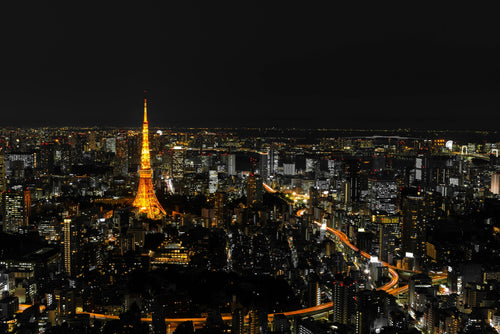
Best Night Tours in Tokyo for After-Dark Adventures
Tokyo’s nightlife is renowned for its energy, vibrancy, and unique blend of traditional and modern experiences. From ...
-
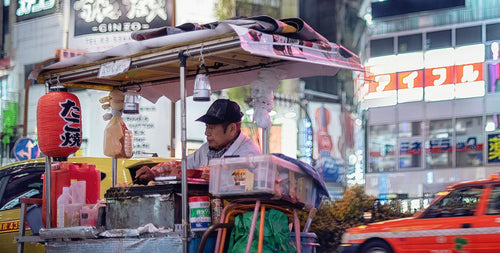
Japan’s Late-Night Food Culture: 8 Best Street Eats
Japan’s late-night food culture is a vibrant experience, especially in bustling cities like Tokyo and Osaka, where de...
-

7 Rooftop Bars in Tokyo for Stunning Views
Tokyo’s rooftop bars offer some of the best ways to soak in the city’s skyline while enjoying drinks, atmosphere, and...
-

10 Best Nightclubs in Tokyo for Dancing and Music Lovers
Tokyo's nightlife is renowned for its variety and energy, with nightclubs that range from high-energy dance floors to...
-
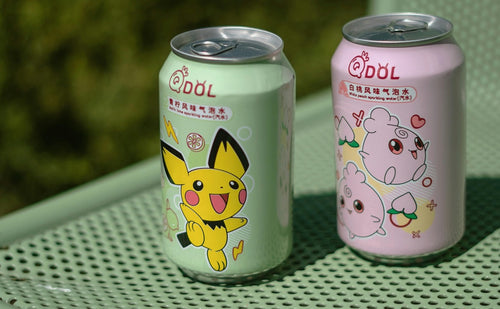
8 Themed Bars and Cafes You Need to Visit in Tokyo
Tokyo is famous for its creative and quirky themed bars and cafes, offering immersive experiences for locals and...
-

Tokyo Nightlife Guide: Shinjuku, Shibuya, and Roppongi Highlights
Tokyo’s nightlife is legendary, offering a mix of vibrant energy, entertainment, and unique experiences in some of it...
-
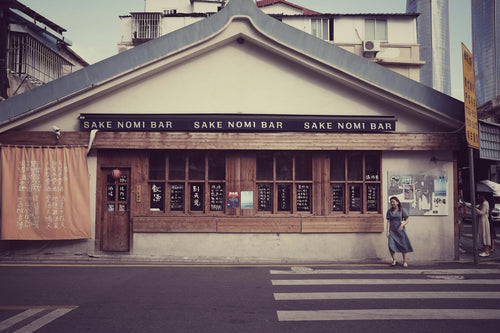
7 Best Japanese Sake Bars in Tokyo
Tokyo is home to some of Japan’s best sake bars, offering both locals and visitors an opportunity to explore the...
-
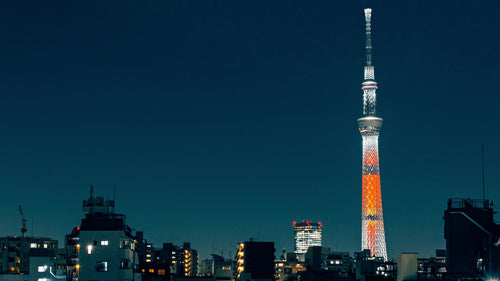
Top 6 Observation Decks in Tokyo for Scenic Views
Tokyo’s observation decks offer some of the best panoramic views of the city, giving visitors a chance to see th...
-
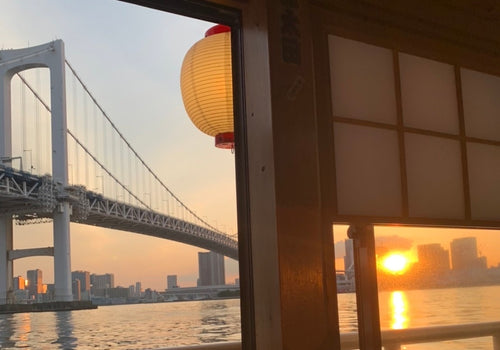
Night Cruises in Tokyo: Enjoy the City Views
Tokyo’s skyline is mesmerizing at any time, but experiencing it from the water on a night cruise adds a magical ...
-
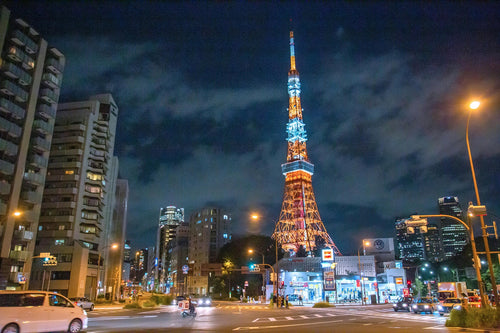
Roppongi Art and Nightlife Guide
Roppongi is one of Tokyo’s most vibrant districts, known for its lively nightlife, sophisticated art scene, and ...
-
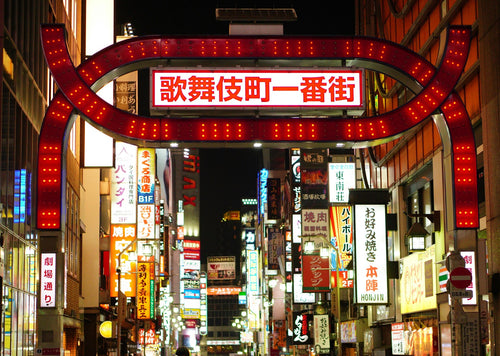
Nightlife Guide to Shinjuku Kabukicho
Shinjuku’s Kabukicho district, known as Tokyo’s “Sleepless Town,” is the center of nightlife in Tokyo. Renowned ...
-
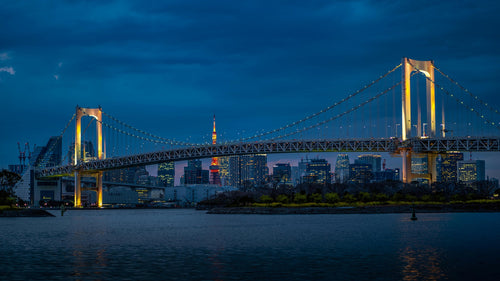
6 Best Night View Spots in Tokyo
Tokyo at night is a breathtaking spectacle, with illuminated skyscrapers, iconic landmarks, and bustling streets that...
-
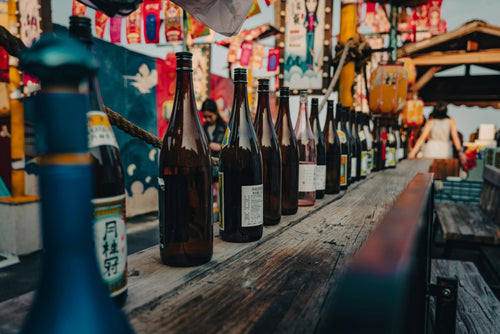
Top 12 Sake Breweries in Japan for Tasting and Tours
Japan’s sake culture is celebrated around the world for its depth, complexity, and rich history. Sake, or nihons...
-
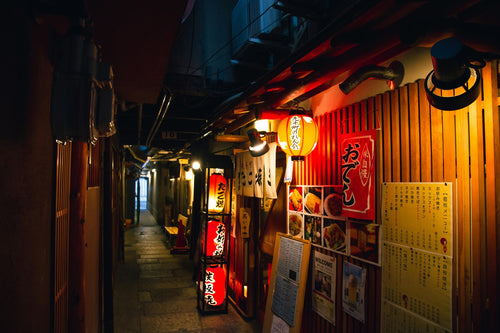
How to Enjoy a Night at a Japanese Izakaya
Japanese izakayas are casual, lively spots where locals gather after work to enjoy drinks, share small plates, a...
-

Exploring Karaoke Culture in Japan: 8 Best Places to Sing
Karaoke is an integral part of Japanese culture, offering a fun and entertaining way for friends, family, and even co...
-
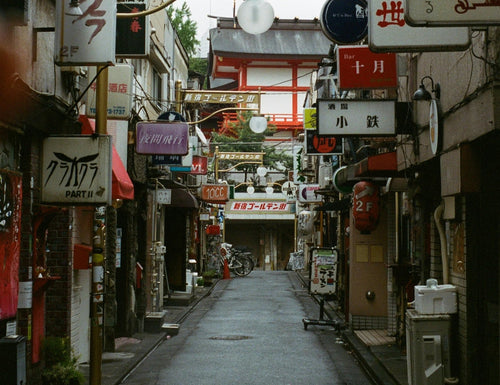
5 recommended bars in Golden Gai
Golden Gai, nestled in the heart of Tokyo’s Shinjuku district, is one of the city’s most iconic bar districts. Known ...
-

10 Japanese Gardens You Should Visit for Tranquility
Japanese gardens are renowned for their beauty, tranquility, and intricate designs that reflect harmony with nature. ...
-
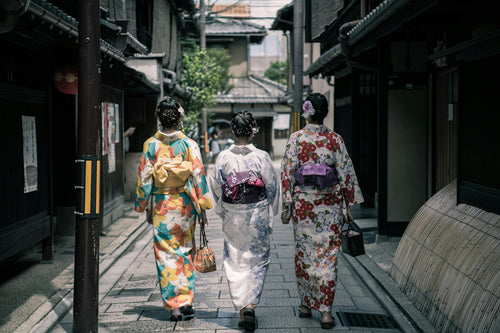
Japan’s Kimono Heritage: Symbolism, Style, and Where to See
The kimono, Japan’s traditional garment, is a beautiful and symbolic representation of Japanese culture. From its int...
-
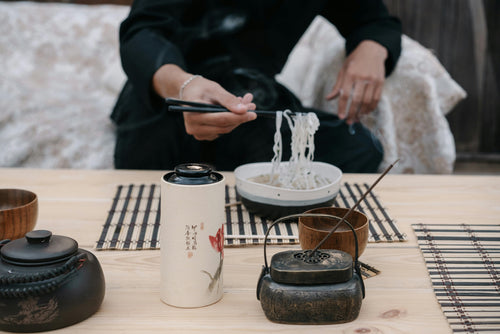
Etiquette Essentials for Visitors to Japan
Japan’s culture is rich in respect, politeness, and consideration, making etiquette an essential part of daily l...
-

7 Best Places to Discover Japan’s Samurai History
Japan’s samurai history is one of honor, skill, and deep cultural influence, stretching back centuries and leaving an...
-
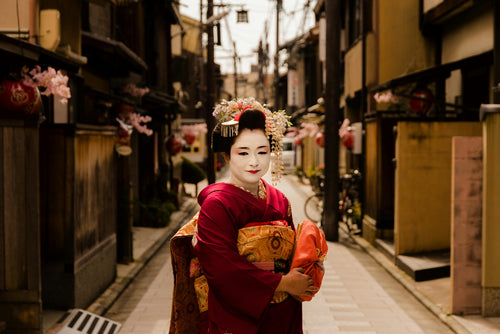
Geisha Culture in Japan: Myths and Realities
The world of geisha, Japan’s skilled performers and keepers of traditional arts, has long intrigued people around th...
-
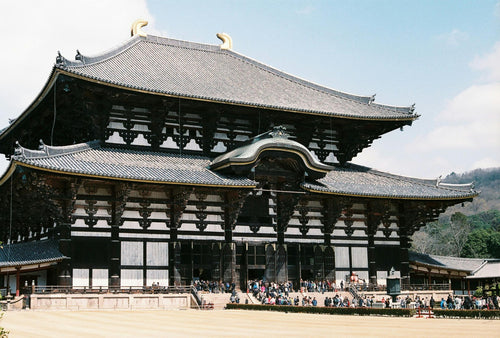
Japan’s Unique Architecture: Top 8 Traditional and Modern Landmarks
Japan is renowned for its unique blend of ancient architectural heritage and cutting-edge modern designs. From c...
-
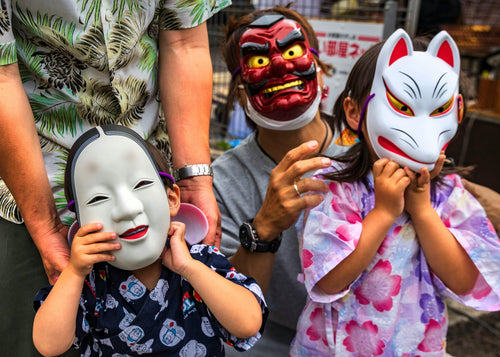
10 Traditional Japanese Festivals (Matsuri) You Can’t Miss
Japanese festivals, or *matsuri*, are vibrant celebrations of cultural heritage, featuring elaborate costumes, l...
-
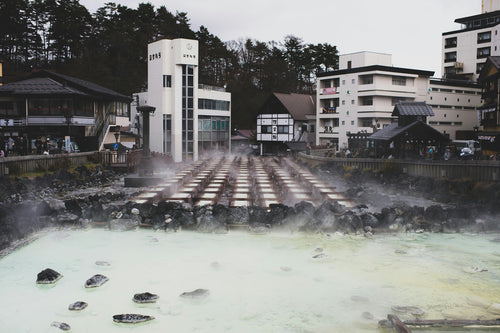
Japan’s Three Great Onsen: A Guide to Famous Hot Springs
Japan is famous for its natural hot springs, or *onsen* (温泉), offering visitors a unique opportunity to relax and rej...
-

Japanese Art Exploration: Best Spots to Enjoy Art in Japan
Japan is a country rich in artistic heritage, from centuries-old traditional crafts to modern, innovative instal...
-

Guide to Japan’s Fireworks Festivals: When and Where to Go
Japan’s summer fireworks festivals, known as "hanabi taikai" (花火大会), are among the most anticipated events in th...
-
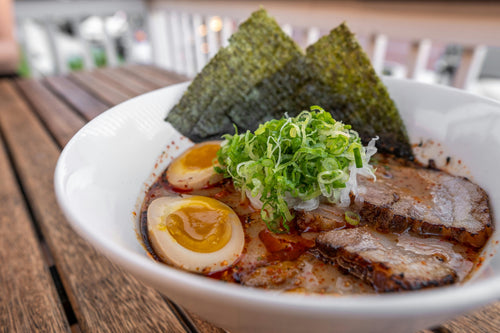
Where to Experience Ramen-Making Classes in Japan
Ramen is one of Japan’s most beloved dishes, with countless regional styles and flavors that attract food lovers from...
-
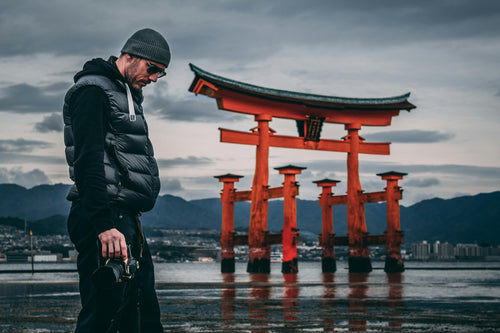
Power Spot Tours: Japan’s Famous Temples and Shrines
Japan is a land steeped in spiritual history, and visiting its temples and shrines provides not only a glimpse i...
-
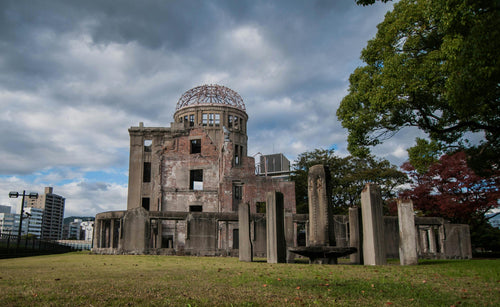
UNESCO World Heritage Site Tour Guide in Japan
Japan is home to numerous UNESCO World Heritage Sites, each offering a glimpse into the country’s rich cultural herit...
-
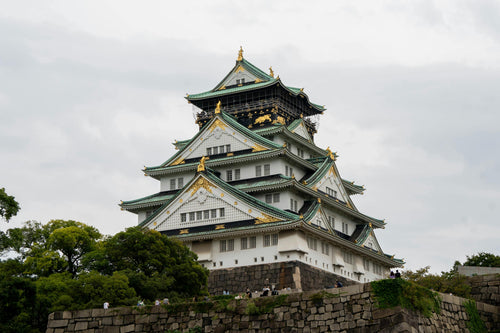
5 Famous Japanese Castles: History and Highlights
Japan is home to some of the most beautiful and historically significant castles in the world. Built during the feuda...
-
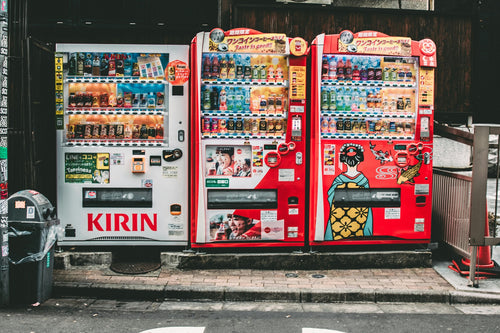
10 Unique Drinks to Try from Japanese Vending Machines
Japan is famous for its vending machines, offering an incredible variety of drinks that go beyond just soft drinks an...
-
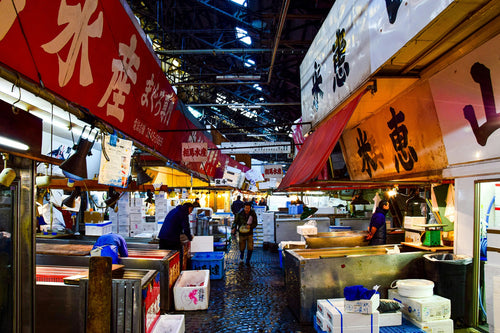
Tokyo Market Guide: Exploring Tsukiji and Toyosu Markets
Tokyo's Tsukiji and Toyosu Markets are must-visit spots for food lovers and anyone interested in Japan’s rich culinar...
-
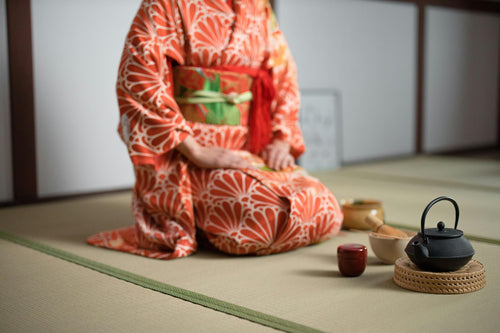
Experiencing Traditional Tea Ceremony in Tokyo
The Japanese tea ceremony, or "chanoyu," is a cultural experience steeped in tradition, aesthetics, and mindfulness....
-
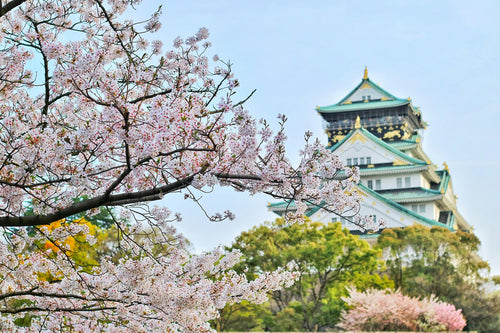
Top 7 Cherry Blossom Viewing Locations in Tokyo
Springtime in Tokyo is synonymous with the cherry blossom season, a breathtaking period when the city’s parks, rivers...
-
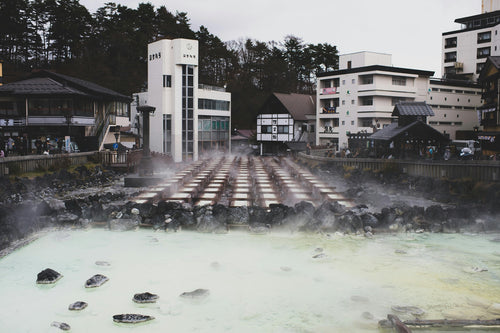
What is Onsen? A Guide to History, Benefits, and Etiquette
Onsen, Japan’s cherished hot spring culture, offers a unique blend of relaxation, scenic beauty, and deep-rooted trad...
-
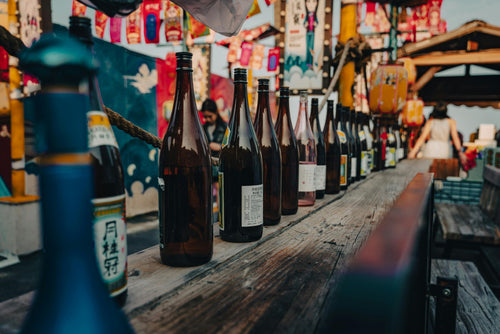
What is Sake? Its Production Method and History
Sake is a traditional Japanese alcoholic beverage made from fermented rice. It has been enjoyed in Japan for over a t...
-

8 hot springs with beautiful scenery near Tokyo
Tokyo is a bustling metropolis, but just outside the city are some of Japan's most serene hot springs, or onsens, off...
-

Top 10 museum to visit in Tokyo
Tokyo is home to a diverse range of museums that cater to all interests, from art and history to technology and pop c...
-
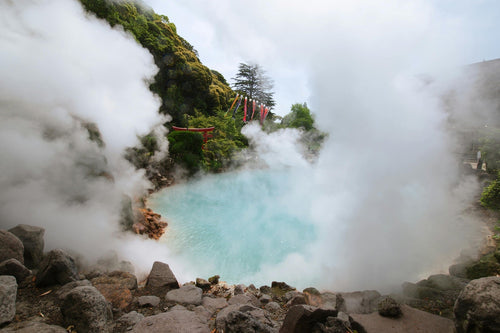
9 Best Hot Spring and Bathhouse in Tokyo
Tokyo is known for its vibrant urban energy, but it's also a fantastic place to relax and rejuvenate in hot springs (...
-
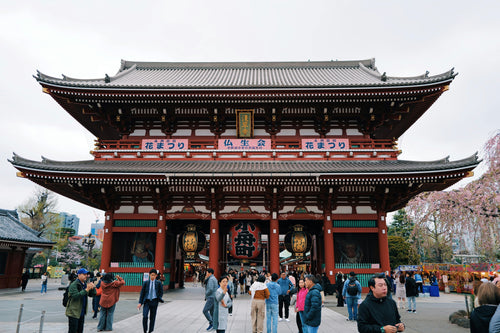
15 Famous Temples and Shrines to Visit near Tokyo
Tokyo and its surrounding areas are home to many famous temples and shrines that showcase Japan's rich spiritual and ...










































